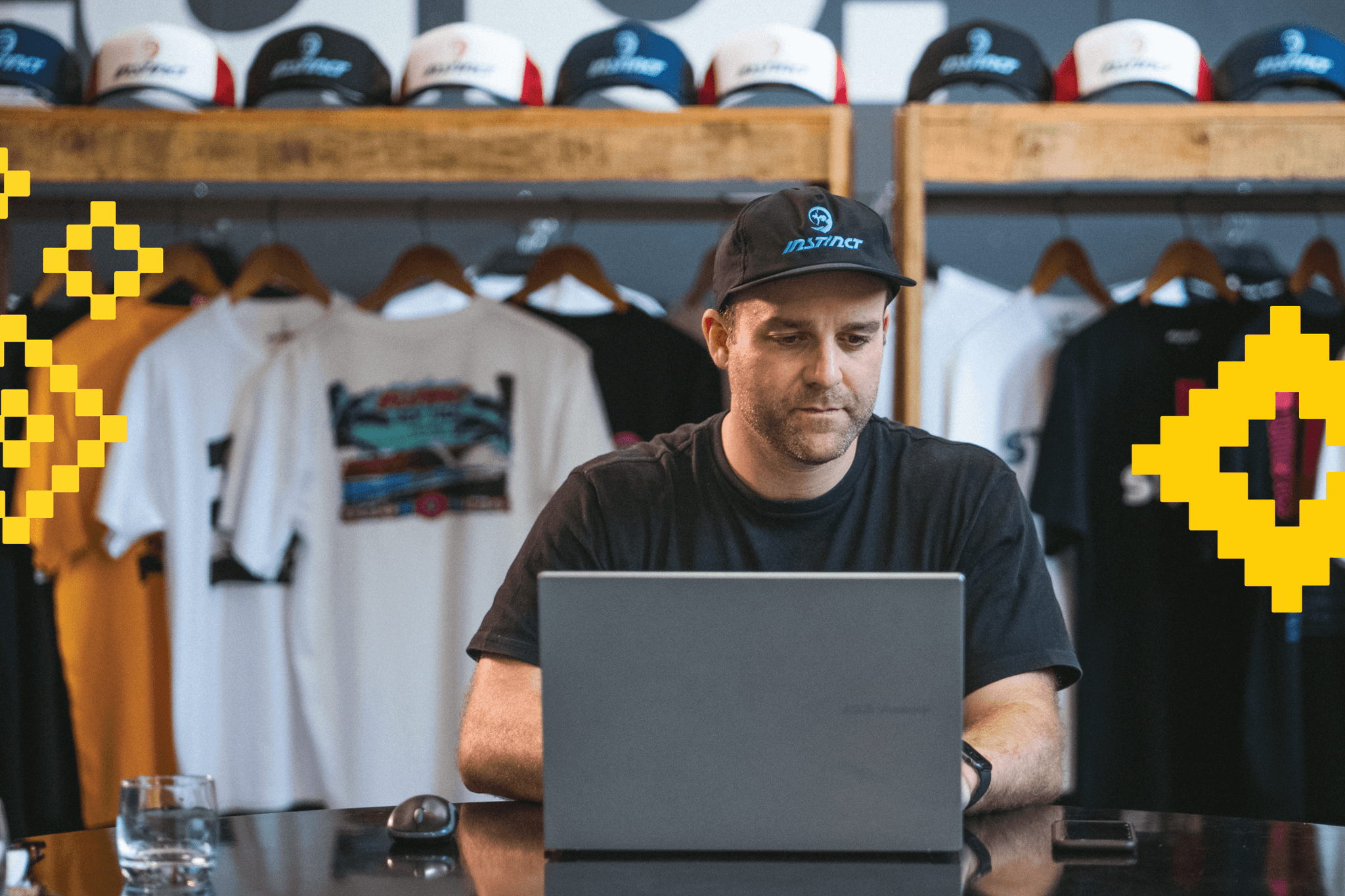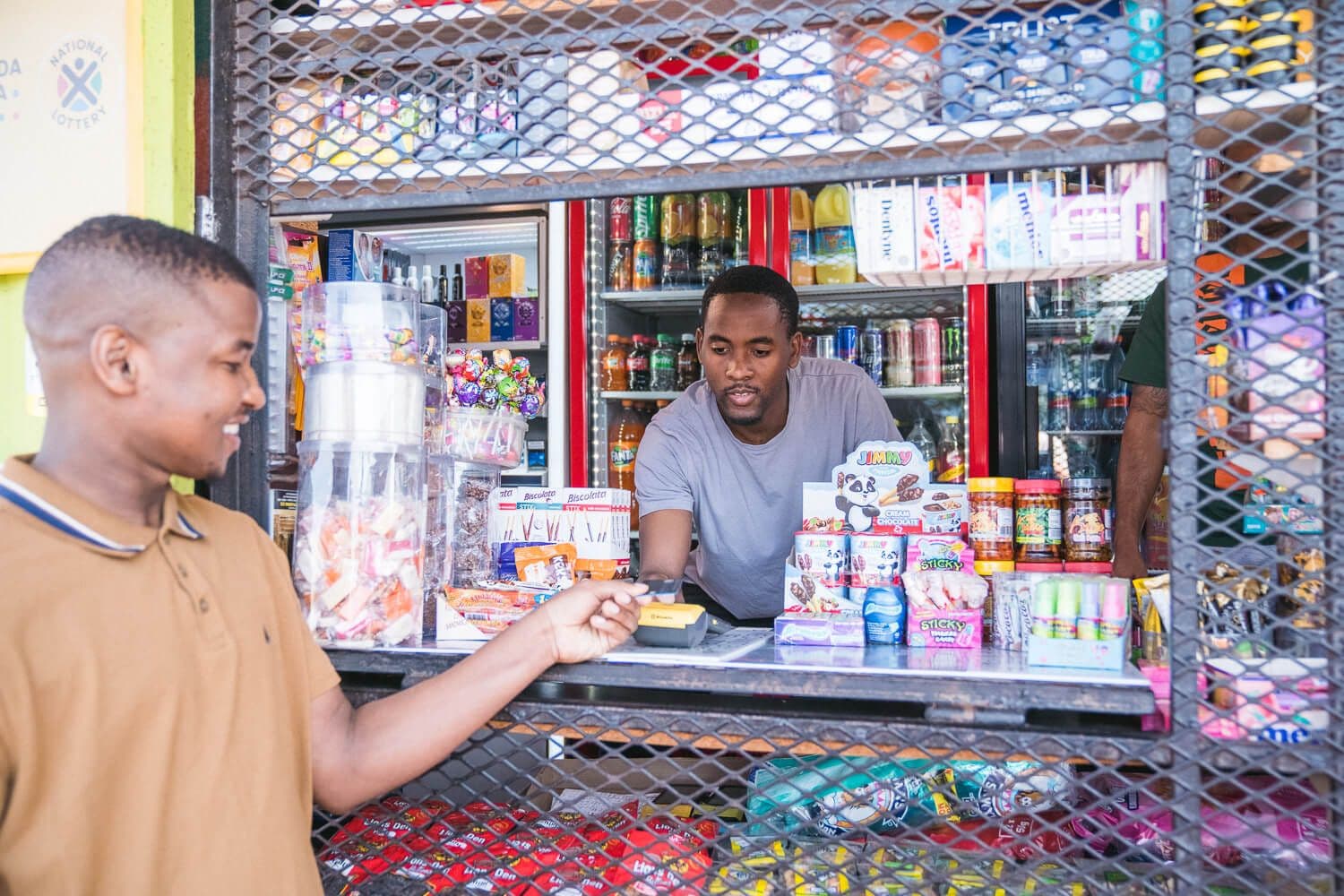
Back to Basics: What Is an Interest Rate and How Does It Affect Your Finances
Understand what an interest rate is and how it affects your money, business, and financial decisions in South Africa.
Interest rates. You’ve probably heard the term thrown around on the news, in your WhatsApp business group, or even from your bank when you asked about a loan, but have you ever stopped to ask, what is an interest rate, really?
And while it might sound like something only economists or accountants should worry about, the truth is, interest rates directly impact your day-to-day as a business owner in South Africa.
Whether you run a busy spaza shop in Gugulethu, a beauty salon in Soweto, or a coffee stand in Durban, what the South African Reserve Bank (SARB) decides about interest rates could mean the difference between a manageable loan repayment or one that makes your cash flow feel tighter than usual.
So, what exactly are interest rates, and how do they affect you and your hustle? Let’s break it down in simpler terms to help you make smarter money moves.

Kasi economics: Understanding what an interest rate is
Before we get into what interest rates are and how they directly impact your finances, let’s start by answering a common question: What is an interest rate? In plain terms, an interest rate is the cost of borrowing money or the reward for saving it over a period of time.
- If you take out a loan from a bank, the interest rate is what the bank charges you to use their money.
- If you stash your money in a savings account, the interest rate is what the bank pays you for keeping your money there.
The Reserve Bank tweaks these rates to try and control inflation. So, if prices are going up too quickly, they might raise interest rates to slow things down. And when the economy needs a bit of a push, they lower them to make borrowing cheaper.
Think of it like rent. If you borrow money, you’re “renting” it from the bank, and interest is your monthly rental fee that’s worked out as a percentage of your original amount and then added to your repayment.
Here are some other useful terms related to the interest rate and how it works in South Africa:
Inflation
Inflation is that sneaky thing that makes everything from airtime to avocados more expensive over time. It’s the rise in the average price of goods and services, which means the same R100 you use today doesn’t stretch as far as it did five years ago.
And it’s caused by a range of things. Anything from fuel hikes to load shedding or even global problems that affect the rand. Inflation is measured as a yearly percentage and when it’s high, it impacts how much your customers are willing (or able) to spend.
The repo rate:
The repurchase or repo rate is the interest rate that the SARB charges commercial banks when they borrow money. Think of it as the “wholesale” interest rate.
And why is this important? Because when the SARB adjusts the repo rate, it’s like flipping a switch that changes what banks charge you and I when we borrow money. So, when the repo rate goes up, banks usually increase their interest rates too, which then affects your loan repayments.
Let’s put it in real terms:
Say you’re running a thriving hair salon and want to upgrade your dryers and chairs. You take out a R50 000 loan. If interest rates are high, you’ll pay back quite a bit more over time and that could eat into your profit. But if rates are low, you might find that the repayments are easier to manage, freeing you up to reinvest in your business or even hire someone new.
If we look at it in another way, higher interest rates might have you asking whether or not you can afford to upgrade to a state-of-the-art stove in your restaurant? Or whether you’ll be able to run your service until you’re making a profit if it’s going to take you two more years to pay back your business loan?
These are all major factors to break down and think about when you’re trying to build a successful business.
What is prime interest? And how does it impact business loans?
Now let’s talk about prime. The prime interest rate is the base rate banks use when they lend money to us; their customers. It’s directly linked to the repo rate. So, when the repo rate goes up or down, the prime rate usually does as well.
Think of it like this:
The repo rate is what banks pay to borrow from the SARB. The prime rate is what you pay to borrow from the banks. And the gap between the two? That’s the bank’s markup. It's sort of like their “service fee” for lending you money.
So, what happens when rates change?
Let’s say SARB increases the repo rate. That kicks off a bit of a domino effect:
- Your business loan repayments will likely go up.
- Car finance? That’ll cost more too.
- Bond repayments? Higher.
Even your credit card interest rate could climb. On the flip side, if the repo rate drops, you could benefit from lower interest on all those things. This would mean more cash flow to reinvest in your business or keep your lights on during a tough month (especially with loadshedding still randomly creeping back).
The Reserve Bank reviews the repo rate every quarter, so you have to try and set flexible targets for your business as the rates could always change. Plan strategically and be adaptable because when you stay on top of your game, you’ll be able to roll with all the punches of entrepreneurship.
Why interest rates matter for you and your SME

As of now, South Africa’s repo rate is 7.50% and the prime lending rate is 11.00%. But you might not always get the prime rate when applying for a business loan. Banks often add a few extra percentage points based on your:
- Credit score
- Business risk profile
- Financial history
So, if your risk profile is a bit spicy, your interest rate might be prime + 2%, or even more. Higher interest rates might be a bit of an obstacle to growing your business.
This is because interest rates affect:
- How you pay your debt: When interest rates go up, so does the cost of paying back your business loans. This can seriously squeeze your cash flow and have a domino effect on other operations like paying suppliers and making your payroll.
- How much it costs to borrow money: Most small businesses need a little credit to grow or expand. But getting funding while interest rates are high could eat into your profit margins and put a damper on your big plans if you have to make bigger loan repayments. On the bright side, lower rates could mean cheaper loans and more money in your pocket.
- Exchange rates and import taxes: Sometimes, lower interest rates weaken our currency.The result? Imported goods become pricier. If your business relies on products from overseas, you might see your costs go up which might force you to increase your own prices to stay competitive.
- How consumers spend: Interest rates directly impact how people spend their money. When rates are low, borrowing is cheaper and makes it easier for consumers to open their wallets and spend more. That means more sales for you! But when rates are high, people switch to saving more, which really slows down consumer spending.
In the end, a healthy economy is one where customers can happily spend and small businesses can thrive and grow. Understanding interest rates could help you navigate the turbulent seas of ownership and keep your business sailing smoothly.
Stay rate-savvy
At the end of the day, interest rates have a significant impact on your finances but you just have to remember that it’s all part of the game. They go up, they come down and as a business owner, you’ve got to keep playing either way. Understanding what an interest rate is and how they work will make it easier for you to plan, pivot and push through.
You need to also always be in the loop with the SARB’s updates and make the most of our tools like iK Accounting and iK Dashboard to take control of your hustle and prime your business to thrive.
Whether you’re bootstrapping a side hustle or scaling your empire, keep one eye on the numbers and the other on your goals. You’ve got this.





















